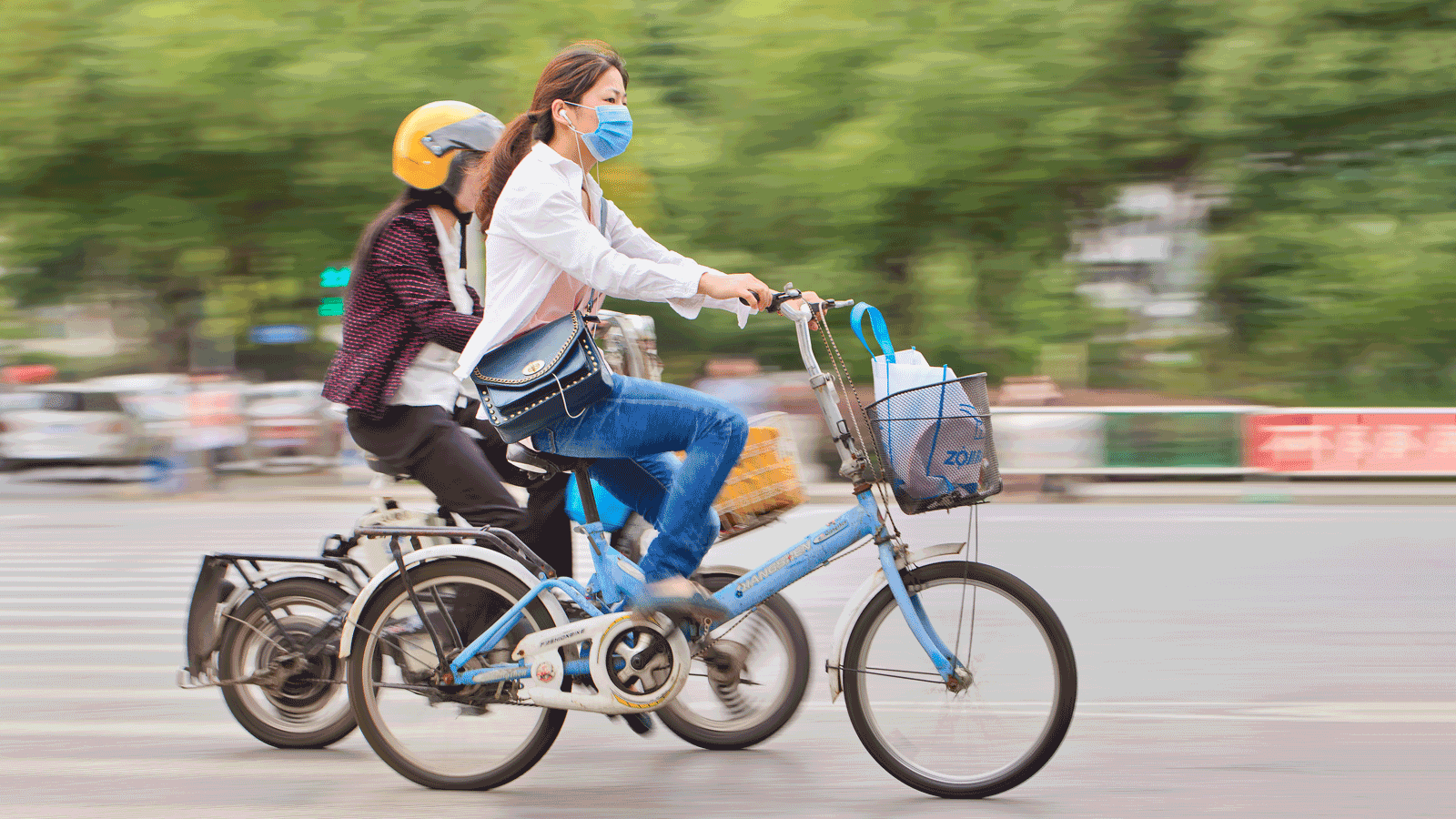
Tanya Weaver Wed 25 Sep 2024
Collected at: https://eandt.theiet.org/2024/09/25/virtual-reality-helps-pedestrians-and-cyclists-navigate-cities-differently-swerve
Virtual reality (VR) could be key to reducing the exposure of pedestrians and cyclists to harmful, non-exhaust vehicle emissions, according to a University of Birmingham study.
Cyclists and pedestrians in city centres are exposed to numerous particle pollutants through the release of small particles from brakes, tyres and roads.
These pollutants, which often cannot be seen by the naked eye, are harmful to human health, putting those in city centres at risk of serious diseases.
In a study led by the University of Birmingham, researchers created detailed computational fluid dynamics (CFD) models to simulate the release and dispersion of these particles from vehicles. These models helped them identify the key moments in people’s daily journeys where exposure risk is highest.
The CFD files were converted into VR models to create an immersive experience for the user. The aim was to then show these VR models to the general public, revealing to them where the pollutants are most pervasive. Armed with this information, the public may then decide to navigate their urban spaces more mindfully and safely.
The research team didn’t have to go far to put the VR models to the test. With the university located in the UK’s second largest city by population, they went into Birmingham city centre to show members of the public the VR models.
According to data from the UK National Atmospheric Emissions Inventory, Birmingham is the second largest contributor to UK PM2.5 emissions from brake and tyre wear.
Dr Jason Stafford, the study’s principal investigator, said: “By making these non-exhaust pollutants visible within a virtual urban environment using our models, people were able to actually see the dangers with their own eyes and act accordingly in order to reduce or avoid exposure wherever possible.”
The research team hope this study shows how the implementation of VR can be used to provide easy and accessible guidance to the public, policymakers and city planners to encourage cleaner air.
Dr Stafford continued: “Early analysis revealed that exposure risk to these pollutants was highest at the end of braking events. Unfortunately, this means that most bus stops, pedestrian crossings and cycle lanes are within these danger zones due to them often being located at the braking zones of cars, such as road junctions, where the largest pollution dispersion distances are found.
“These outcomes highlight the air quality issues with current layouts, while also supporting the redesign and navigation of urban spaces for cleaner air – particularly situations where vehicle traffic is unavoidably close to pedestrians and cyclists.”

Leave a Reply